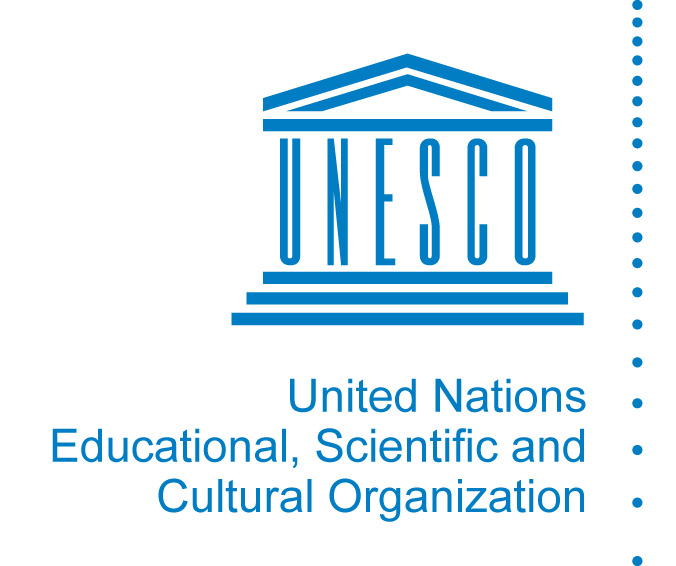SRGBV indicators
Bloom, S. 2008. Violence against Women and Girls: A Compendium of Monitoring and Evaluation Indicators. Washington DC, USAID. This compendium of M&E indicators focuses on VAWG indicators, but has wider application to the SRGBV field. For example, it contains a section on indicators for programmes addressing VAWG in the education sector, as well as indicators looking at preventing VAWG, such as working with men and boys, youth and community mobilization. In addition, there are useful introductory sections on what makes a good indicator, M&E more generally and the ethical/safety considerations.
Fancy, K. and McAslan Fraser, E. 2014b. DFID Guidance Note: Addressing VAWG in Education Programming. Part B Practical Guidance. London, DFID.
Examples of SRGBV indicators can be found in the Annex of this DFID guidance note on addressing violence against women and girls in education programming. Indicators are provided for four key outcome areas:
(1) International, national and local policies, laws and guidelines;
(2) Prevention, reporting and referral mechanisms and services;
(3) Community mobilization with active participation of girls and women; and
(4) Girls and boys have safe learning environments with curricula and teaching practices that reduce VAWG and promote gender-equitable norms.
USAID. 2014. Gender Office’s Toolkit for Monitoring and Evaluating Gender-Based Violence along the Relief to Development Continuum. Washington DC, USAID.
This toolkit provides guidance on how to monitor and evaluate gender-based violence interventions along the Relief to Development Continuum (RDC). The RDC is divided broadly into three phases:
(1) the pre-crisis phase
(2) the crisis phase; and
(3) the post-crisis phase.
USAID’s Measurement Framework (forthcoming)
Data collection tools
Violence Against Children Surveys (VACS) measure physical, emotional and sexual violence against children and young adults aged 13–24 years:
WHO Global School-based Student Health Surveys (GSHS) collect data on children’s experiences of violence in 66 countries around the world, although the data are not disaggregated by where the violence took place or who perpetrated it.
International Society for the Prevention of Child Abuse and Neglect (ISPCAN) Child Abuse Screening Tools (ICAST) collect data on the extent and depth of child abuse.
TIMSS (Trends in International Mathematics and Science Study) and PIRLS (Progress in International Reading Literacy Study) collect data on bullying.
Evaluation
The following resources present a useful background on how to evaluate impact. Although these are not specifically focused on SRGBV, the methodologies can easily be adapted to evaluating the impact of an SRGBV intervention:
- Batliwala, S. and Pittman, A. 2010. Capturing Change in Women’s Realities: A Critical Overview of Current Monitoring & Evaluation Frameworks and Approaches. Toronto, AWID.
- DFID. 2012. Guidance on Monitoring and Evaluation for Programming on VAWG. London, DFID.
- OECD. 2006. Outline of Principles of Impact Evaluation. Paris, OECD.
- RTI International (2015b). Conceptual Framework and Toolkit for Measuring School-Related Gender-Based Violence. Washington DC, USAID.
- UN Women’s Virtual Knowledge Centre to End VAWG – programming modules on M&E.
Methodological, ethical and safety considerations
The following resources present a useful background to the methodological, ethical and safety considerations for conducting research and M&E with children and young people:
- Ethical Research Involving Children (ERIC) interactive website: www.childethics.com
- Leach, F. 2006. Researching gender violence in schools: methodological and ethical considerations, World Development, Vol. 34, No. 6, pp. 1,129–47.
- Save the Children. 2004. So you want to involve young children in research? – a toolkit supporting children’s meaningful and ethical participation in research relating to violence against children.
- Technical Working Group on Data Collection on Violence against Children. 2012. Ethical Principles, Dilemmas and Risks in Collecting Data on Violence against Children: A review of available literature. New York, UNICEF – literature review with links to useful guidance.
